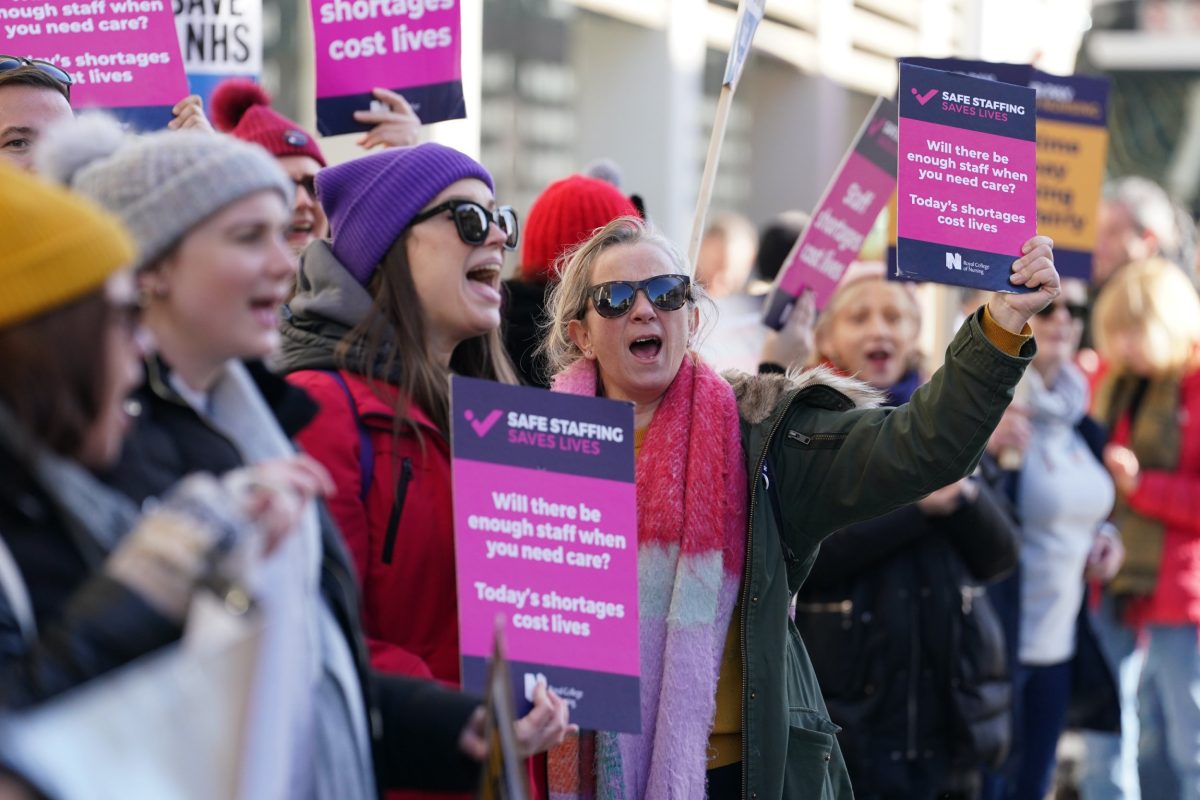Potential Shift in Public Sector Pay and Pension Structures
Whitehall officials are currently evaluating proposals that could see some public-sector workers receive higher salaries in exchange for reduced pension contributions. This idea comes as experts argue that the current pay structure for civil servants, nurses, doctors, and teachers is no longer fair or sustainable. The discussion highlights a growing debate about how to balance the long-term financial security of state employees with the need to manage public finances more effectively.
Most trade unions have expressed strong opposition to any changes that might alter the existing system. Under the current rules, public-sector employees typically enjoy much higher pensions than their private-sector counterparts, despite earning significantly less during their working years. However, this arrangement has come under scrutiny, particularly as concerns grow over the sustainability of such generous pension schemes.
The proposed shift would not happen overnight, and no formal plans have been submitted to ministers yet. While increasing salaries now and reducing future pension payments could help ease short-term borrowing pressures, it may also create challenges for the Treasury. Cat Little, a senior civil servant in the Cabinet Office, has been leading discussions on the matter, but no immediate changes are expected.
Experimenting with New Models
In some areas of the public sector, employers are already exploring ways to adjust the balance between pay and pensions. For example, United Learning, a major chain of state schools, had planned to offer teachers the option of a higher salary in exchange for a lower pension. However, this initiative reportedly faced resistance from the Department for Education.
The issue of public-sector pay has remained a contentious topic for governments in recent years. It recently returned to the spotlight when the British Medical Association (BMA) voted to resume strikes by junior doctors. These professionals are seeking a nearly 30% pay increase after years of real-terms salary cuts.
Experts argue that the current system is outdated, with public-sector workers receiving “gold-plated” pensions that are largely absent in the private sector. At the same time, their salaries have not kept pace with those in the private sector, making it harder for them to afford housing, especially when they are younger.
Economic Perspectives on the Issue
Economist Tim Leunig, who previously worked as a civil servant, described the situation as a “no-brainer.” He pointed out that as the state pension increases, individuals should be spending less on personal pensions. Additionally, he warned that high pension contributions could prevent public-sector workers from buying homes, particularly if they struggle to put down a deposit.
Public-sector employees typically work under defined benefit pension schemes, which guarantee a fixed payout based on their previous salary. In contrast, the private sector has largely moved to defined contribution schemes, where the final amount depends on contributions and investment performance. Meanwhile, public-sector salaries have grown at a slower rate compared to the private sector.
Possible Reforms and Challenges
One of the most radical proposals involves switching public-sector pensions to a defined contribution model. However, most experts consider this unlikely. A more feasible approach would be to increase base pay while reducing employer contributions to pensions, which currently range from 20 to 30% of salary—far higher than in the private sector.
Laurence O’Brien of the Institute for Fiscal Studies suggested that the current disparity between public-sector pay and pensions could be addressed by making pensions less generous and increasing take-home pay. This, he argued, could improve recruitment efforts in the public sector.
Alex Thomas of the Institute for Government echoed this sentiment, stating that the generosity of pensions is out of sync with the lack of generosity in pay. However, he admitted that implementing such changes remains uncertain.
Union Concerns and Skepticism
Trade unions have strongly opposed any reforms to the current pay structures. Sampson Low of Unison criticized the idea as “robbing Peter to pay Paul,” arguing that low pay and recruitment issues will not be resolved by offering smaller pensions in retirement. Vishal Sharm of the BMA added that while an upfront pay raise might seem appealing to young doctors, it could lead to significant long-term financial disadvantages.
Andy Baxter of the Prison Officers’ Association warned that pension changes proposed by employers are rarely in the best interest of employees. He suggested that the main motivation for such changes is cost-cutting.
Despite these concerns, some union leaders, like Dave Penman of the FDA, acknowledged the need for better pay in the public sector. However, he remained skeptical about the likelihood of meaningful reform.
Financial and Political Implications
Raising salaries at the expense of future pension payments could drive up government borrowing, complicating efforts to meet fiscal targets. This is because pension obligations are not recorded as debt under current accounting rules. While the government could adjust these rules, doing so might trigger negative reactions from bond markets.
A government spokesperson stated that the focus remains on supporting the Civil Service with the tools needed to deliver positive change for working people. As the debate continues, the challenge lies in finding a balance that ensures both financial sustainability and fair treatment for public-sector workers.







